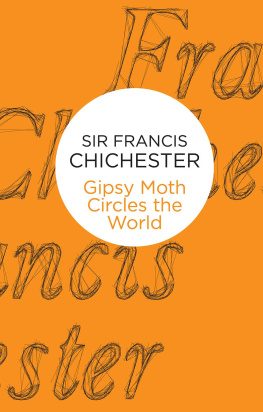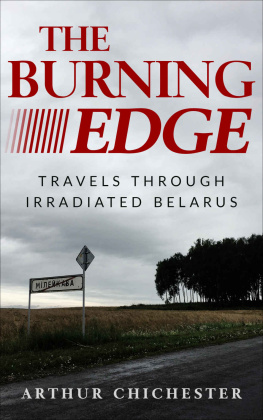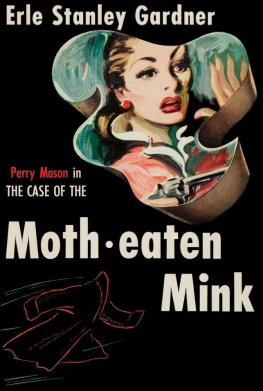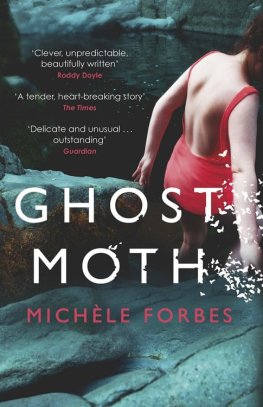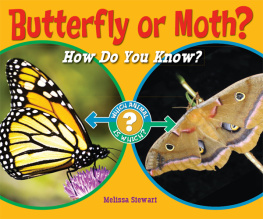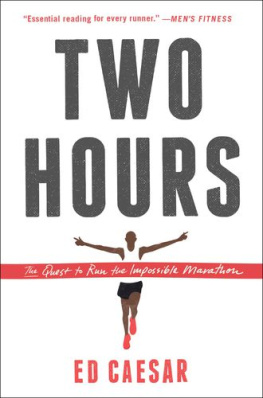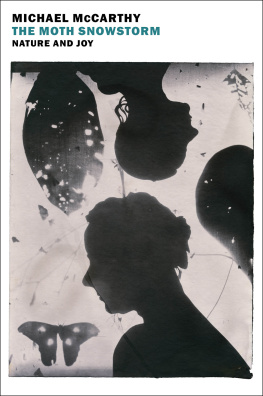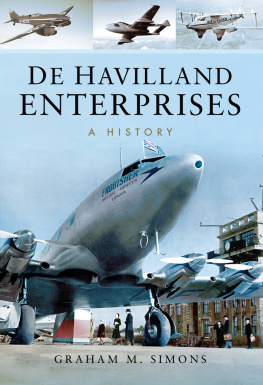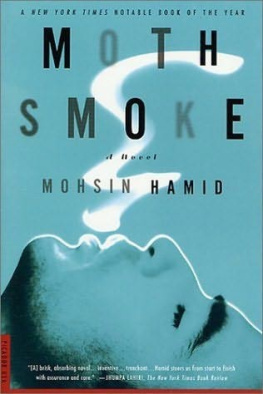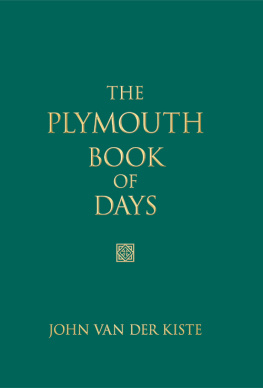Bello:
hidden talent rediscovered
Bello is a digital only imprint of Pan Macmillan, established to breathe life into previously published classic books.
At Bello we believe in the timeless power of the imagination, of good story, narrative and entertainment and we want to use digital technology to ensure that many more readers can enjoy these books into the future.
We publish in ebook and Print on Demand formats to bring these wonderful books to new audiences.
About Bello:
www.panmacmillan.com/bello
Sign up to our newsletter to hear about new releases events and competitions:
www.panmacmillan.com/bellonews
Aviator and sailor Sir Francis Chichester is best known for being the first and fastest person to sail around the globe single-handedly in The Gipsy Moth IV. Following this achievement he wrote several books and made films about his sailing experiences.
Born in Devon and educated at Marlborough College, Chichester emigrated to New Zealand at the age of 18 and spent ten years in forestry, mining and property development. On his return to England he learned to fly, and in the original Gipsy Moth seaplane he became the first person to complete an East-West solo flight across the Tasman Sea, for which he was awarded the inaugural Amy Johnson Memorial Trophy.
Chichester wrote many popular books on his air adventures, and during WWII he wrote the manual that single-man fighter pilots used to navigate across Europe. In 1964 Chichester published his autobiography, the bestselling The Lonely Sea and the Sky, and was knighted three years later for individual achievement and sustained endeavour in the navigation and seamanship of small craft.
Chichester used his navigation experience to create a successful map-making company, Francis Chichester Ltd, which today still publishes pocket guides and maps which are sold throughout the world.
With love to
SHEILA
my great partner in this enterprise
and to
GILES
my junior partner
hoping they will enjoy my story of
the project and how it panned out
This solo circumnavigation was, apart from the actual sailing, a surprisingly intensive joint effort put up by many friends and supporters. I find it difficult to thank everyone who helped me, but I would like to name a few who, as the venture progressed, so willingly gave their assistance.
In England before the start: Paul Hodder-Williams and George Greenfield who both backed the idea from the moment it was mooted; Harold Evans of The Sunday Times and Alastair Hetherington of The Guardian who believed the project sound enough to buy the radio despatches. I have written of several supporters and helpers in the book: Colonel Whitbread, Lord Dulverton, architects Warwick Hood and Alan Payne, their Excellencies the Governor-General and Lady Casey, Captain Max Hinchliffe RAN, Jim Mason, George Gardiner and John Pleasants; the four apprentices of Kelvin and Hughes; John Fairhall, Murray Sayle and Nigel Forbes.
Other helpers who were not written about in the book include: Monica Cooper and the staff of Francis Chichester Ltd, George West, Supervisor of the GPO Marine Radio Section at Brent, Ernest Rayment of Kelvin and Hughes who helped me collect my library of charts.
In Sydney many people made us feel at home as well as helping us in every possible way: the Lord Chief Justice and Lady Barwick, His Excellency the British High Commissioner and Lady Johnston; Hugh and Bar Eaton; Commander Wood, RN, of Canberra; the Flag Officer and staff of the RSYS; the Commodore and Secretary of the CCA; President Nancy Leebold and the officers of the Australian Institute of Navigation; William Vines, Managing Director of the IWS; Jim Sare and Darli McCourt of Hodder and Stoughton, Sydney, who dealt with thousands of letters, mostly from young people; Terry OKeefe and Pat McCarthy of IWS; Colin, Lorna and Robert Anderson; Peter Green, Captain James Dunkley of Oriana who looked after Sheila so well, and took home my charts used on the passage Plymouth to Sydney.
On return to England: the Commander-in-Chief, Plymouth, and Lady Talbot; the Lord Mayor, Lady Mayoress and the Corporation of Plymouth; Mr Lloyd-Jones, the Town Clerk and Mr Bottom, the Public Relations Officer; the Vice-Commodore, flag officers, and Captain and Mrs Terence Shaw of the Royal Western YC of England; Surgeon Rear-Admiral Stanley Miles and the staff of the RN Hospital, Plymouth; Dr Gordon Latto; Frank Carr, who collated for me all the historical details of Sir Francis Drakes knighting at Greenhithe by Elizabeth I; Erroll Bruce, our delightful sailing and naval etiquette master on the sail up from Plymouth to London; Lord Simon, Chairman, Commander Gilbert Parmiter, harbour master, and the staff of the Port of London Authority; Chief Superintendent D. Davies of the Thames Division Metropolitan Police and his staff; Captain and Mrs Arples and the staff of the Training ship Worcester; Sir Richard Colville, press officer to HM The Queen.
At Greenwich: Admiral-President Sir Horace Lyddon and Captain M. A. J. Hennell of the Royal Naval College, Greenwich; the Lord Mayor of London and Lady Bellinger; the Corporation of the City of London; the Remembrancer Sir Paul Davie and Colonel Britton.
I would like to thank, too, Raymond Seymour, our guiding star in public relations, and John Fox of Whitbreads whose help was invaluable.
All these people did far more for me and the voyage than they need have done.
Finally, after the oceanic hurly-burly was done, John and Helen Anderson, who achieved the editing of about 400,000 words that I have written about this voyage, to bring it down to book size ready for printing in September 1967. If you like the book, praise them; if you dont, blame me.
F.C.
September, 1967
Acknowledgement is due to The Times for permission to reproduce the extract by Murray Sayle which appeared in The Times on March 21, 1967; to The Sun for permission to quote the interview between John Seddon and Alan Villiers (January 12, 1967); to The Guardian for permission to quote from Alan Villierss letter, published January 11, 1967; and to Rupert Hart-Davis, Ltd, for permission to quote from A Gypsy of the Horn by Rex Clements.
This is a fairy story for me. Long, long ago, as the best fairy stories begin, I wanted to fly round the world alone. At the end of 1929, I had flown from London to Sydney alone in my Gipsy Moth plane, rigged as a land plane. I wanted to circle the world alone and the only way I could see of doing it was by fitting out the Gipsy Moth as a seaplane, which would enable me to route my voyage through Japan and Northern Canada, where there were no airfields at suitable intervals. So I learnt how to fly a seaplane, converted the Gipsy Moth into one, and set off again from Sydney. How I flew into the half-mile span of steel telephone wires stretched across the harbour at Katsuura and was catapulted into the harbour is another story. That ended my solo attempt, and, indeed, it was only a miracle that I escaped alive. That was in 1931.
As the years passed, this urge to circle the world alone lay dormant in me, like a gorse seed which will lie in the earth for fifty years until the soil is stirred to admit some air, or light, and the seed suddenly burgeons. And so it was with me, only flying, meanwhile, gradually lost the attractions of pioneering to become a matter of technical training and piloting expertise, and all the places that I had hoped to go to, where an aeroplane had never been, had not only seen aeroplanes, but had grown used to them, and the usage of them.

